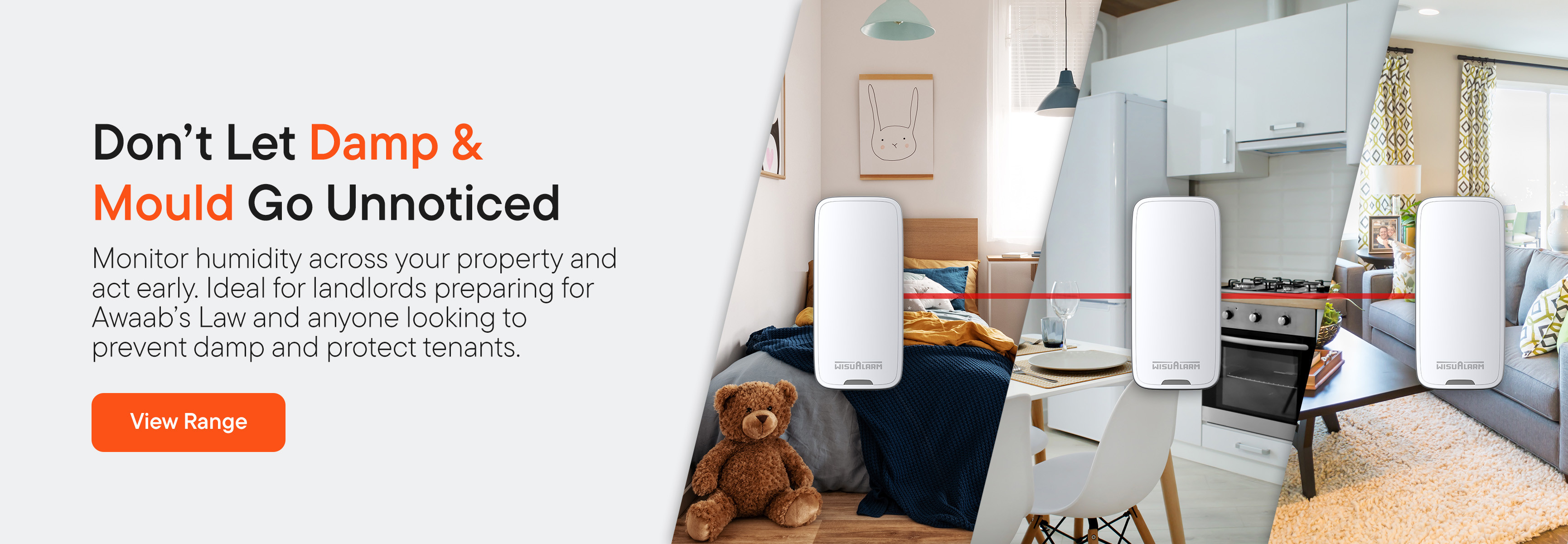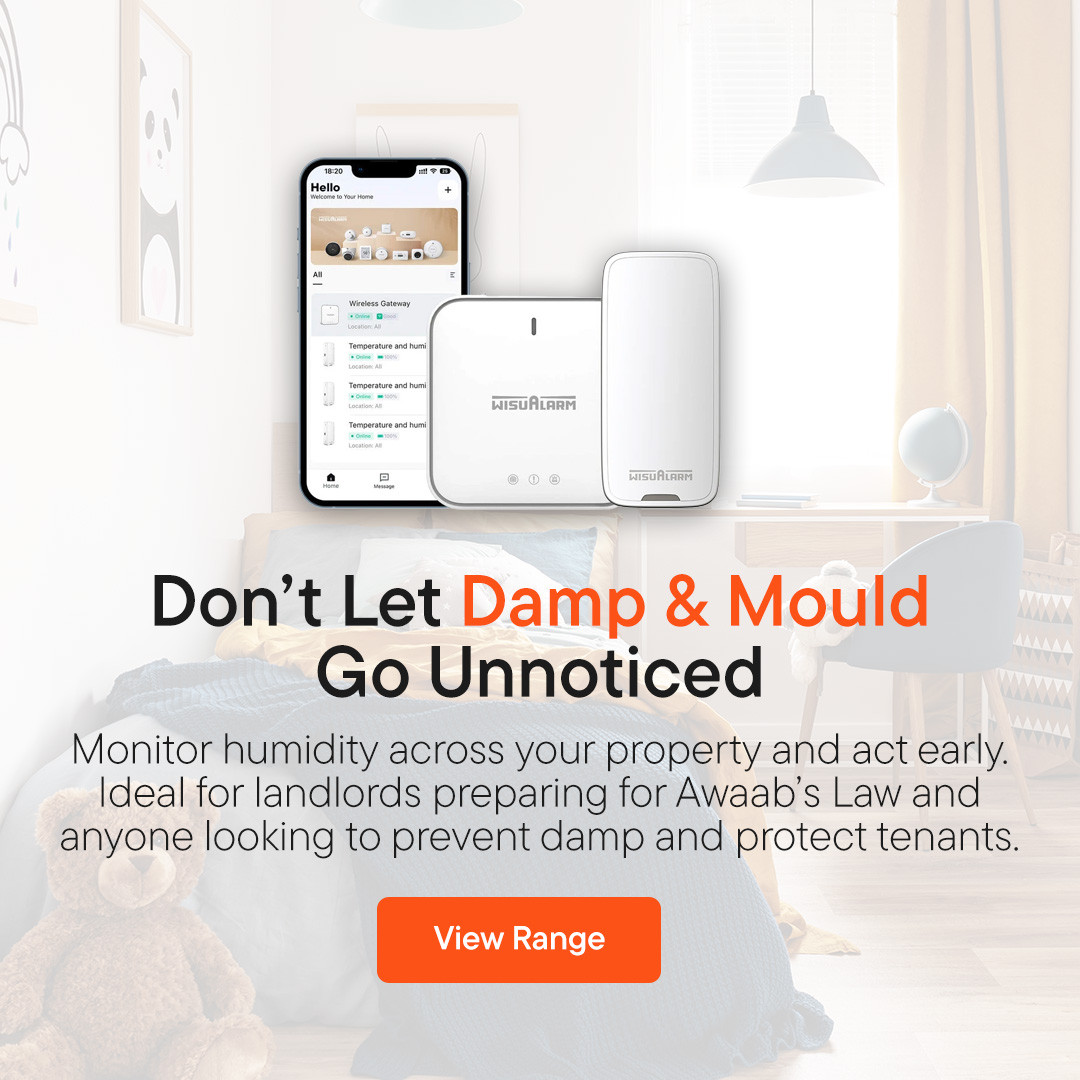
Need assistance?
Need Assistance? Call Us 0330 058 0630
















30/09/2025 • by Alice P
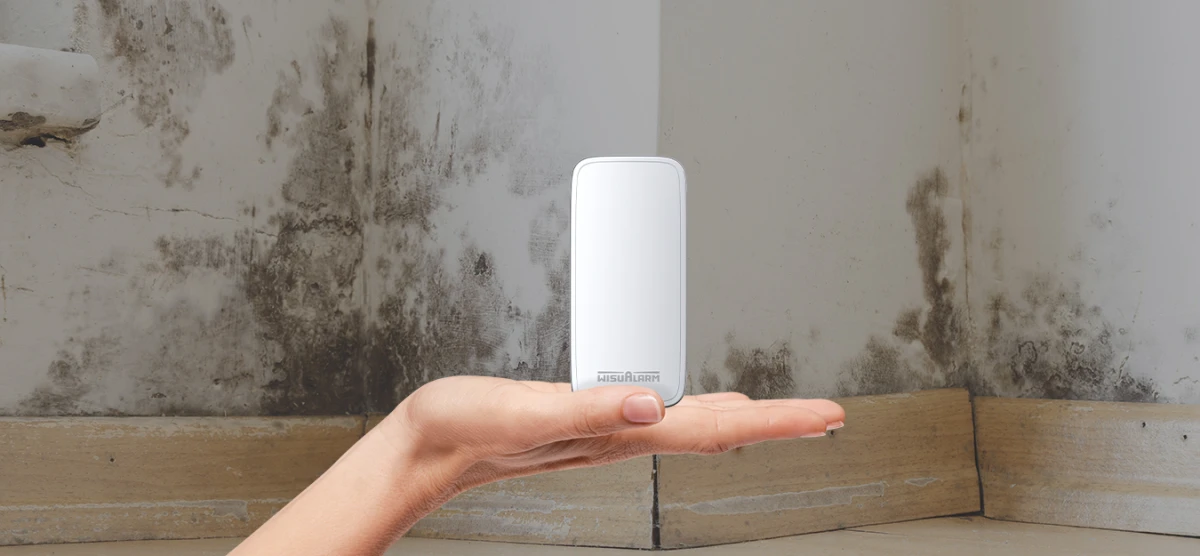
In 2020, two-year-old Awaab Ishak tragically died from a respiratory illness caused by prolonged exposure to mould in his home. His family had raised concerns about damp and mould, but their landlord failed to take action.
Awaab’s Law has been introduced to make sure this never happens again. It sets out clear rules and deadlines for how quickly social landlords must act when damp, mould or other serious hazards are reported.
Right now, Awaab’s Law only applies to social housing landlords in England — councils and housing associations.
Private landlords aren’t covered, but they should still take note.
Damp and mould don’t just harm tenants, they damage buildings too. Leaving it untreated will only make repairs more expensive in the long run.
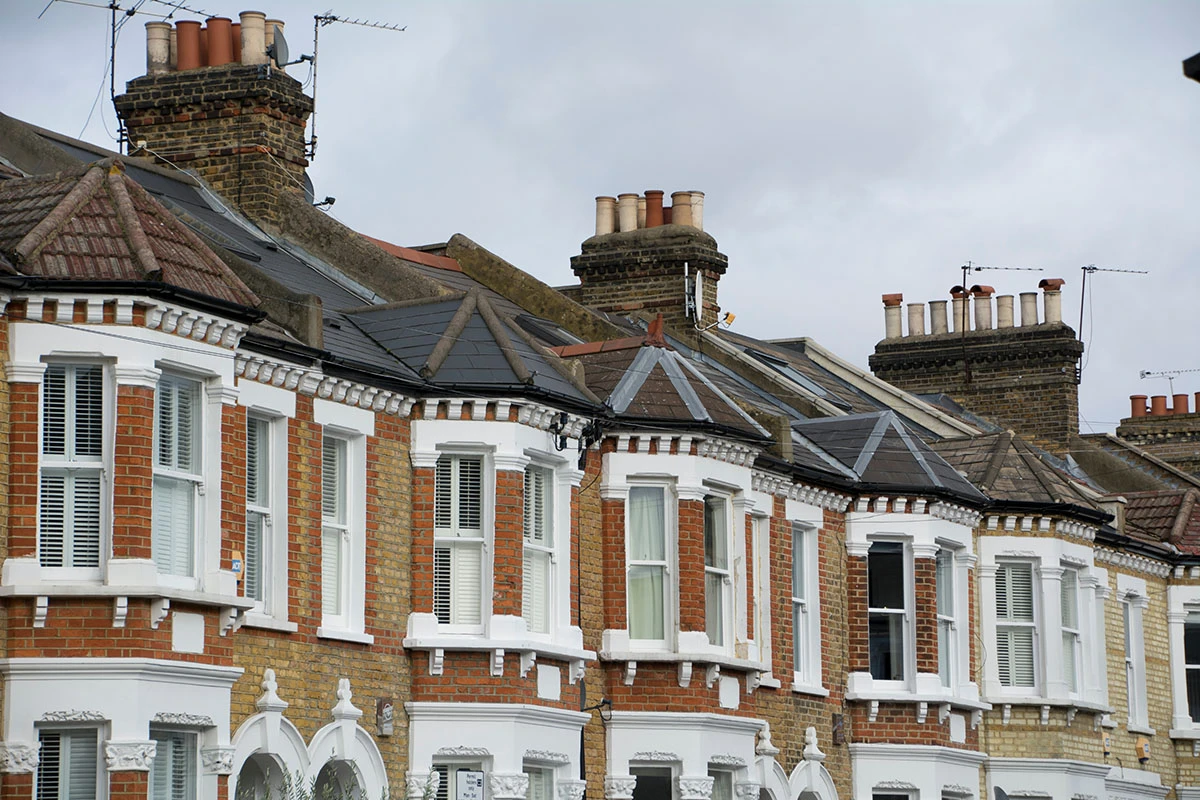
Social landlords now face strict timeframes:
Investigate damp or mould within 10 working days of being told about it.
Share findings with the tenant within 3 working days.
Take temporary safety measures within 5 working days if there’s a serious risk.
Fix emergency hazards within 24 hours.
Complete full repairs within 12 weeks (unless there’s a good reason why not).
If a home can’t be made safe, landlords must provide alternative accommodation.
Tenants can hold landlords accountable if these rules aren’t followed, so documentation and communication are key.
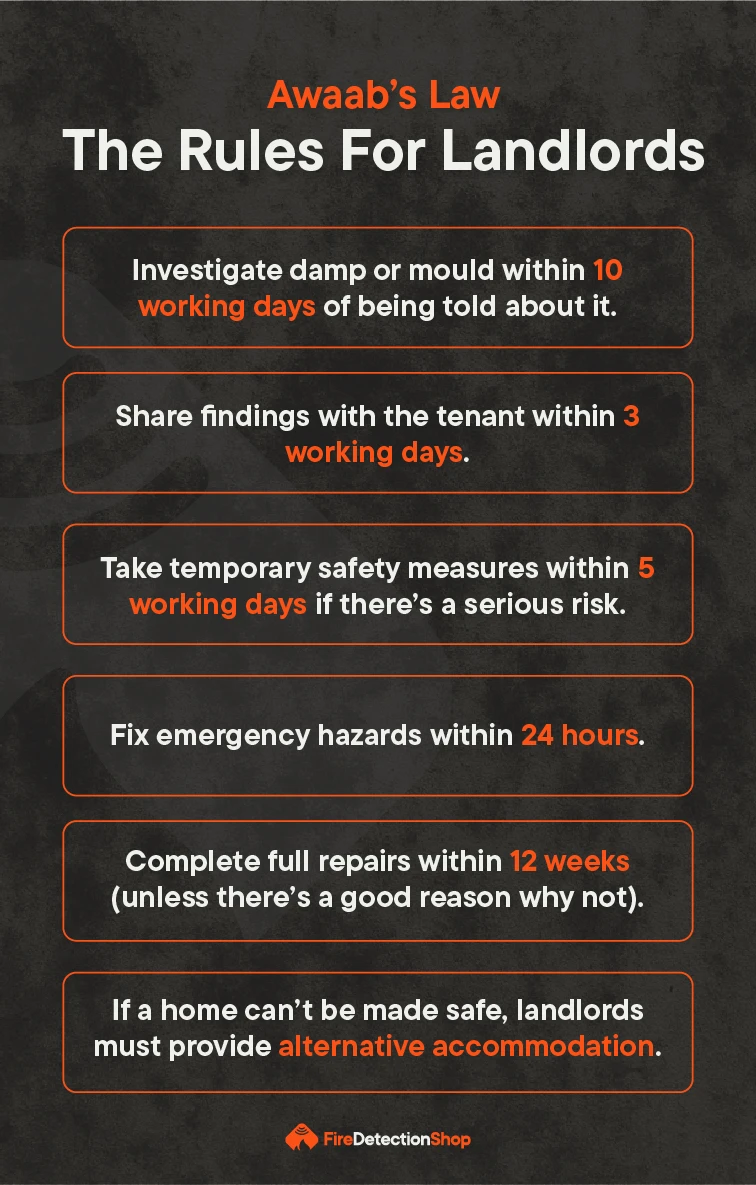
Even if you’re a private landlord not yet covered by Awaab’s Law, damp is still a silent problem.
It eats away at plaster, timber and insulation. It creates unhealthy living conditions. In turn it can cause costly structural repairs later.
The problem is that tenants may not always report damp. This may be because they don’t notice it early, sometimes they’re worried about raising issues, and sometimes it’s simply not a priority for them.
That’s why many landlords are seeking remote monitoring devices.
The WisuAlarm Environmental Sensor is designed to track humidity and temperature across multiple rooms.
It flags conditions that could lead to damp or mould before they become a serious problem. Because it can be monitored remotely, landlords don’t have to wait for a tenant to raise the alarm, allowing they can take proactive steps to protect both the property and the people living in it.

Awaab’s Law is a wake-up call for the housing sector. It’s about accountability, safety and prevention. For social landlords, compliance is now a legal duty.
For private landlords, it’s a chance to raise standards, protect assets and avoid bigger bills down the line.
Whether you manage one property or thousands, spotting damp early and fixing it quickly is always the better option, for your tenants and for your business.
08/05/2025 • by Alice P
We use cookies to enhance your site experience. Choose your preferences below.

